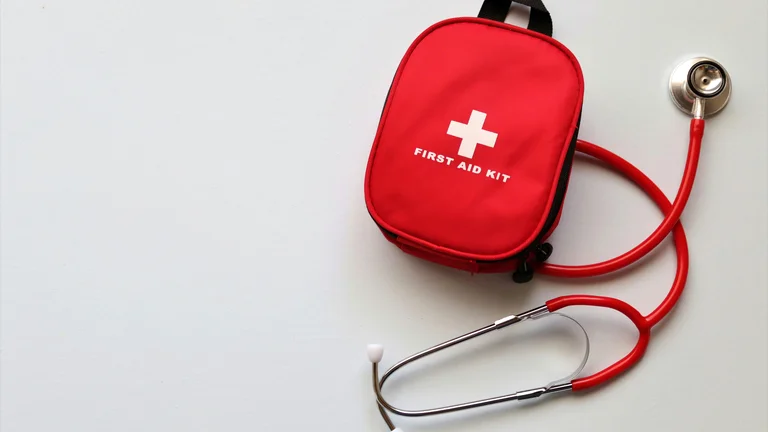Understanding Common Medical Emergencies

Medical emergencies can occur without warning. Typical scenarios include severe injuries, sudden illnesses, or allergic reactions. Knowing these situations helps you prepare. Common emergencies involve heart attacks, strokes, or respiratory issues. Being aware of potential signs, such as chest pain or difficulty breathing, is crucial. Educating family members about these signs boosts readiness.
Creating a Family Emergency Plan
A family emergency plan organizes your response during a medical crisis. The first step is identifying family members' roles during an emergency. Assign tasks like calling 911, gathering supplies, or providing first aid. Regularly practice this plan to ensure everyone knows what to do. It's easy to forget instructions when panic sets in, so familiarity is key.
Include essential information in your plan, such as emergency contact numbers, location of medical records, and allergy information. Keeping this information in an accessible place helps during a crisis. Consider using a mobile app or a physical binder for storage. Both have advantages; choose what suits your family best.
Building a Family First Aid Kit
A comprehensive first aid kit is vital for treating minor issues before professional help arrives. Essential items include adhesive bandages, antiseptic wipes, gauze pads, scissors, and tweezers. Don't forget the medications your family members may need. Always check expiration dates and restock supplies regularly.
Customize your first aid kit based on common injuries or health conditions within your family. For example, if someone has allergies, include allergy medications. If you have young children, add items like a digital thermometer or child-friendly medications. Be thorough in your preparations.
Staying Informed About Medical Conditions
Being informed about family members' health conditions fosters safety and awareness. Ensure everyone is aware of chronic diseases, allergies, and medication needs. This knowledge allows for quick decisions in crises. For example, if a family member has a known allergy, quick identification of symptoms can save lives.
Encourage regular medical check-ups for all family members. These visits help in understanding and managing health conditions. Create a list of medications, allergies, and medical histories, and keep this document updated. Share it with trusted family members and caregivers.
Using Technology to Assist During Emergencies
Technology plays a vital role in emergency preparedness. Use health monitoring apps to track vital signs or medication schedules. Emergency alert apps can notify authorities if a situation escalates. These tools streamline communication, especially in chaotic circumstances.
Consider wearable devices that track health metrics or alert you in emergencies. These devices help when family members cannot communicate their needs. Explore local emergency apps that provide instant access to medical facilities and resources in your vicinity.
| Emergency Preparedness Aspect | Description | Examples |
|---|---|---|
| Family Emergency Plan | A structured approach detailing roles and responsibilities during a medical emergency. | Assigning tasks like calling 911, gathering supplies. |
| First Aid Kit | A collection of medical supplies for treating minor injuries. | Band-aids, antiseptic wipes, gauze, medications. |
| Health Awareness | Understanding family members' health conditions for better preparedness. | Regular check-ups, medication lists, allergy awareness. |
| Use of Technology | Leveraging apps and devices for tracking health and responding to emergencies. | Health monitoring apps, emergency alert systems. |
FAQ - Planning for Family Medical Emergencies
What is a family emergency plan?
A family emergency plan outlines roles and responsibilities for each family member during a medical crisis, ensuring a coordinated response.
What should I include in a first aid kit?
A first aid kit should include band-aids, antiseptic wipes, gauze, scissors, tweezers, and essential medications.
How can technology help in emergencies?
Technology can assist through health monitoring apps, emergency alert systems, and wearable devices that track health metrics.
Why is it important to know family members' medical histories?
Knowing medical histories helps in making informed decisions during emergencies and ensures prompt treatment.
How can I practice an emergency plan?
Regularly conduct family drills to rehearse your emergency plan, ensuring everyone knows their roles and responsibilities.
Planning for family medical emergencies involves creating an emergency plan, assembling a first aid kit, understanding family members' medical histories, and utilizing technology. This preparation can significantly improve response times and outcomes during crises.
When planning for family medical emergencies, prioritize communication, preparation, and education. These steps create a strong foundation for managing crises effectively, ensuring the safety and wellbeing of loved ones.